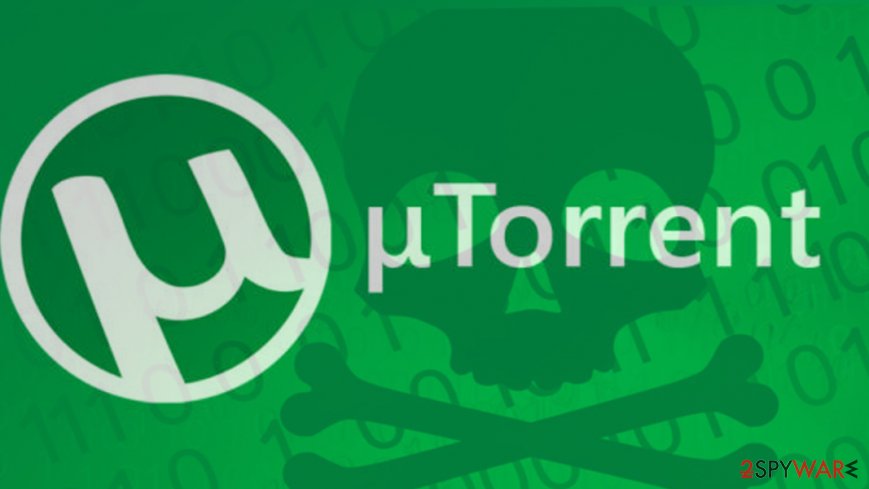
By paying the service $16, he was able to reroute all of his SMS messages, illustrating how easy it would be to compromise his accounts. Another method was brought front and center by Vice’s own reporter, who used a commercial service to gain access to his cellular account. One is to bribe or convince a cellular customer service agent to reassign a phone. There are several ways to accomplish this attack.

While that may be an extreme case, SMS compromises continue to tarnish the overall utility of MFA logins. One way to exploit this was illustrated with this Tweet combining a one-time RSA SecurID hardware fob with a public web cam. The weakness has to do with the ease with which hackers can compromise users’ smartphones and assign the phone number temporarily to a phone under their control. The biggest problem with MFA has to do with its most common implementation: using SMS one-time passcodes. Compromised MFA authentication workflow bypass.Here are some of the ways threat actors exploit weaknesses in MFA. However, recent attacks and incidents show that security professionals have more work to do in securing two-factor and multi-factor authentication implementations. (There was, of course, a lot more included in this EO, as detailed in this article.)

#Counter strike bug allows hackers to android

Matt Tait (former UK GCHQ analyst, now at Corellium) called the move “one of the most important cybersecurity improvements this decade.” Last month, Google made MFA the default protection for all its user accounts.In the latest Verizon Data Breach Investigations Report, Bernard Wilson, network intrusion response manager for the US Secret Service, said, “Organizations that neglected to implement MFA, along with virtual private networks, represented a significant percentage of victims targeted during the pandemic.”īesides COVID, there have been other recent pushes to use MFA: “But it has become their first priority going forward, even more so than VPNs.” Still, most enterprises only have limited MFA usage,” he says. By uprooting so many business users' normal computing patterns, lockdowns and remote work provided an opportunity for increased MFA deployments-even as it provided new phishing lures for hackers.Īccording to surveys done by Garrett Bekker, a senior research analyst for S&P Global Market Intelligence’s 451 Research, there was a jump in those enterprises deploying MFA-from about half in last year's survey to 61% in this year's survey-“mainly because so many more people were working remotely. The pandemic was both good and bad for MFA uptake. Indeed, according to a survey conducted by Microsoft last year, 99.9% of compromised accounts did not use MFA at all and only 11% of enterprise accounts are protected by some MFA method.

And while more businesses are using more MFA methods to protect user logins, it still is far from universal. As Roger Grimes wrote in this article about two-factor hacks three years ago, when MFA is done well it can be effective, but when IT managers take shortcuts it can be a disaster. Multi-factor authentication (MFA) continues to embody both the best and worst of business IT security practice.


 0 kommentar(er)
0 kommentar(er)
